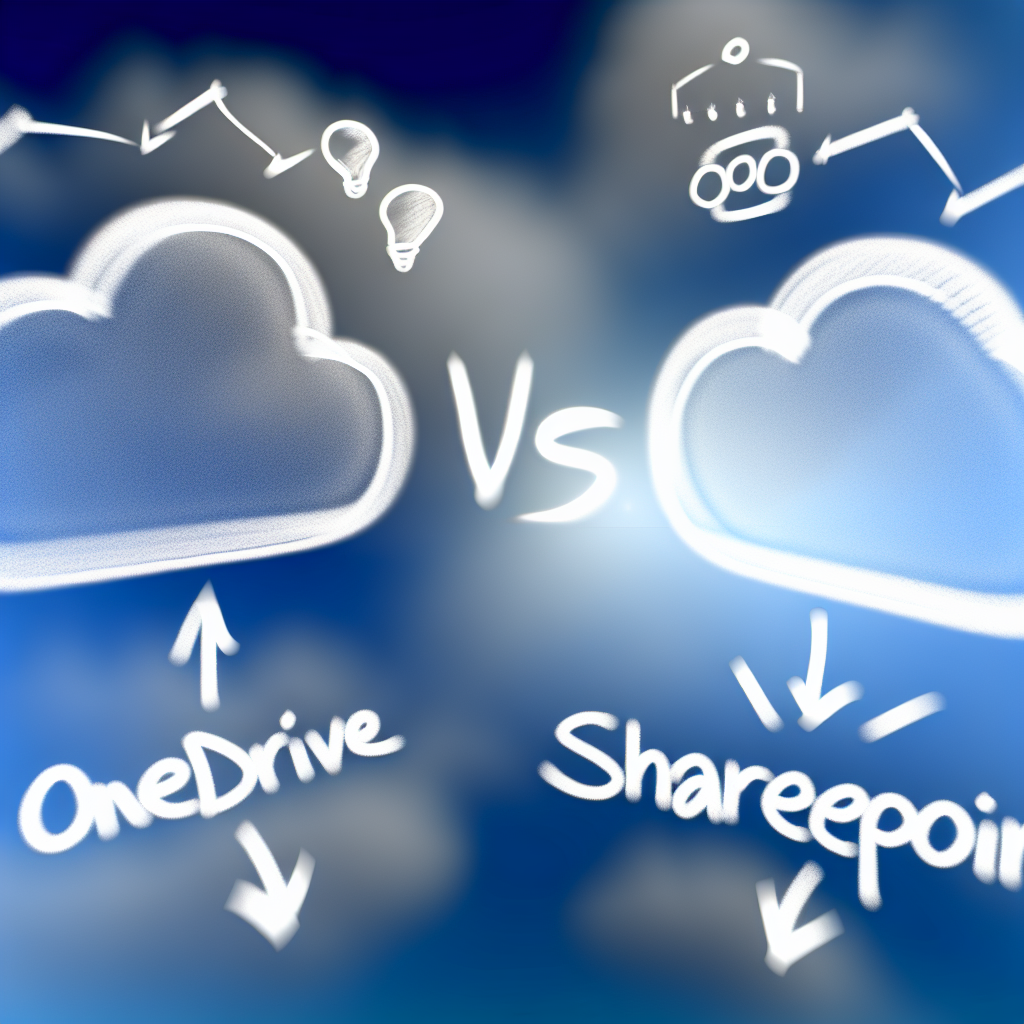Storing files securely and efficiently is essential for modern businesses and individual users alike. Microsoft’s OneDrive and SharePoint are two popular cloud storage solutions, each suited to different needs. Understanding the key differences between these platforms can help you optimize your storage strategy and improve collaboration. In this article, we’ll explore how they compare and when to choose each.
Understanding Storage Scope and Functionality
OneDrive is primarily designed as a personal cloud storage service, allowing individual users to store, access, and share files from any device. It functions similarly to a virtual hard drive, providing a simple interface for uploading, syncing, and managing personal files. Its integration with Windows 10/11 and Microsoft 365 makes it a seamless choice for individual productivity.
In contrast, SharePoint is a robust team collaboration platform built for organizations to create intranet sites, manage content, and facilitate teamwork. While it also offers file storage capabilities, its core strength lies in workflow automation, document libraries, version control, and permissions management specifically tailored for groups and departments. SharePoint empowers multiple users to co-author documents and maintain structured content repositories.
Key Differences and Optimal Use Cases
- File Sharing and Access: OneDrive is ideal for individual use, quick sharing, and personal file management. SharePoint excels in managing shared content across teams, with granular permissions and central repositories for organizational documents.
- Collaboration Features: While both platforms support file sharing, SharePoint offers advanced collaboration tools like document check-in/check-out, version history, and workflows, making it suitable for project management. OneDrive focuses more on individual productivity, with basic sharing capabilities.
- Integration and Customization: SharePoint allows extensive customization through site creation, lists, and workflows, enabling organizations to tailor solutions to their needs. In contrast, OneDrive provides a straightforward user experience centered around file storage and retrieval.
- Security and Permissions: SharePoint provides detailed permission settings at the document, folder, or site level, supporting compliance and governance. OneDrive offers simpler sharing controls, suitable for personal or small team environments.
Choosing between OneDrive and SharePoint depends largely on your organizational size, collaboration needs, and complexity of content management. For individual storage and quick sharing, OneDrive is typically sufficient. For team collaboration, content management, and enterprise workflows, SharePoint offers a comprehensive solution.
Conclusion
In summary, OneDrive and SharePoint serve different but complementary roles in Microsoft’s cloud ecosystem. OneDrive is best suited for personal and lightweight storage, whereas SharePoint provides advanced tools for team collaboration and enterprise content management. Understanding these differences enables users to select the right platform to enhance productivity and securely manage their files.
